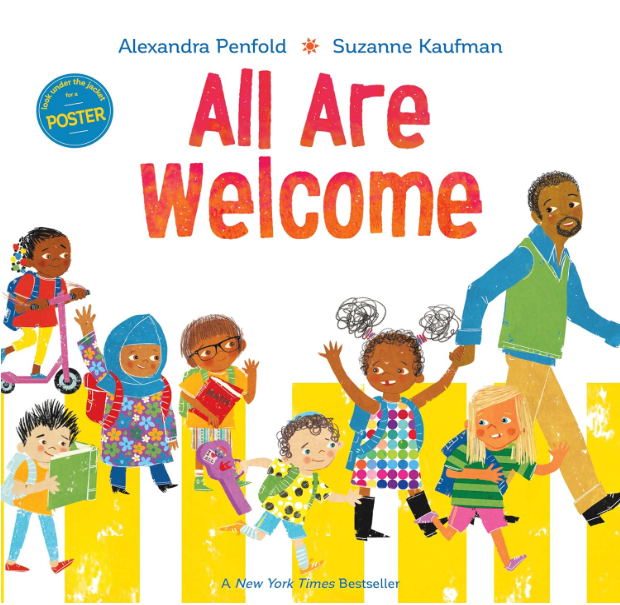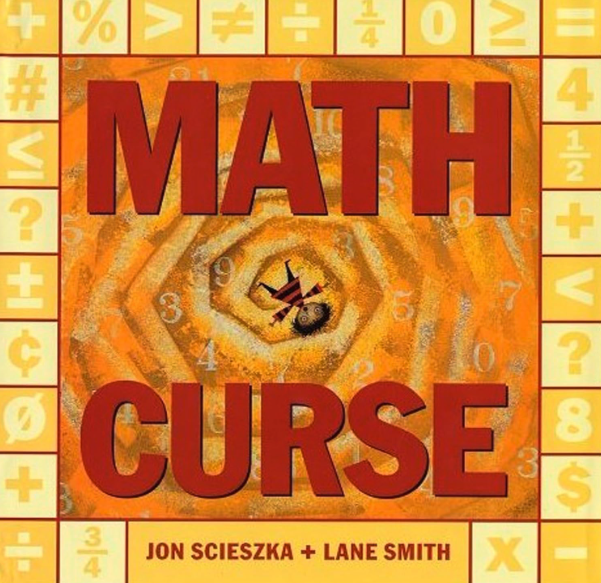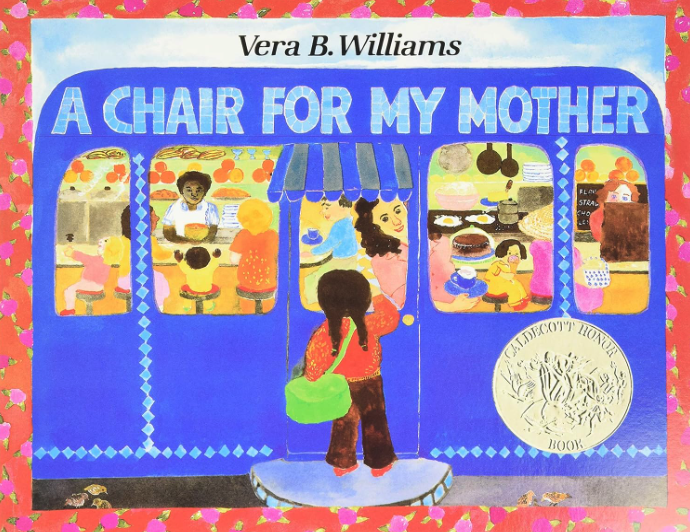All Are Welcome K (Music)

Art Form: Music
Supplies Needed
-All Are Welcome book
Vocabulary
Tempo - the speed of the beat
Ostinato - a repeated pattern
Rhythm - long and short sounds and silences
Stead Beat - the consistent pulse or “heartbeat” of music
Rest - silence
Form - the organization of a piece (how the music is put together)
Character - a person in a story or play, or an animal or object that has human qualities
Instructions
1. Read the book. Discuss the events in the book. Who are the characters? What is the setting? What is the main idea or theme of the book?
2. Listen for the repeated phrase, “All are welcome here”.
3. Pat the steady beat on your knees. Say, “All are welcome here”, in a four-beat rhythm. You may say more than one word or syllable on a beat. Some beats may not have any words (this is a rest).
4. Add a repeated pattern or ostinato by patting and clapping the steady beat (pat-clap, pat-clap, etc.). Say, “All are welcome here”, while performing the ostinato.
5. Have someone read the book rhythmically while continuing the ostinato. They will read each line in a rhythm for four beats, so there will be multiple words and/or syllables on each beat. Each time they get to the repeated phrase, “All are welcome here”, read it together chorally.
6. Talk about how the book is organized: each section has three lines (in regular font) followed by the repeated phrase (in bold font). This is the form!
Extensions
Find materials around you to use as instruments (paper plates, empty paper towel rolls, pencils, empty cans filled with rice or beans, etc.).
Compare and contrast two sounds in the story. How are they alike? How are they different?

About
The REimagining and Accelerating Literacy through Arts Integration (REALAI) grant supports the literacy achievement of 3,200 students and 170 teachers, media specialists, and literacy coaches across six schools in Georgia and South Carolina.
In addition to professional learning for educators, this project contributes significantly to school library collections through the purchase of developmentally appropriate and culturally relevant books.
This grant also includes parent events to provide families with access to books and other content about how to support their child’s reading development.







